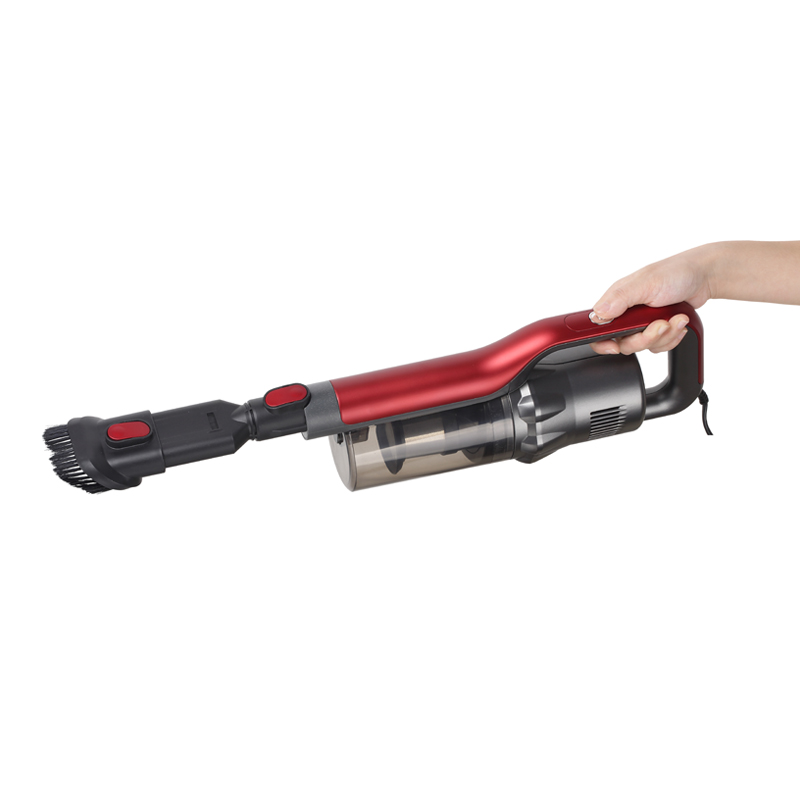How does the suction and filtration system of a car vacuum cleaner work?
Update: 03-07-2023
Abst:
The suction and filtration system of a car vacuum cleaner is a critical component that ensures effective cleaning and prevents dust and debris from recirculating into the vehicle's interior.
Suction Power: The suction power is generated by a motor located inside the vacuum cleaner. When the vacuum cleaner is turned on, the motor creates a partial vacuum by rapidly spinning a fan or impeller. This suction force draws air and debris into the cleaner's nozzle or hose.
Nozzle or Hose Design: The design of the nozzle or hose plays a role in directing the airflow and optimizing suction efficiency. The nozzle is typically equipped with brushes or attachments specifically designed for cleaning car surfaces, allowing effective pick-up of dirt, dust, and other particles.
Filtration System: The filtration system is responsible for capturing and containing the debris sucked in by the vacuum cleaner. It prevents the particles from being expelled back into the air or recirculating into the car's interior. Car vacuum cleaners usually employ two types of filters:
a. Primary Filter: The primary filter, often referred to as a pre-filter, is the first line of defense. It captures larger particles and prevents them from entering the main filtration system. Primary filters can be made of foam or fabric material that can be easily cleaned or replaced.
b. HEPA Filter: Many car vacuum cleaners incorporate a High-Efficiency Particulate Air (HEPA) filter. HEPA filters are designed to capture fine dust, allergens, and microscopic particles, ensuring cleaner air quality. They are highly effective, capable of trapping particles as small as 0.3 microns with a filtration efficiency of 99.97%.
Cyclonic Action: Some car vacuum cleaners utilize cyclonic action in their filtration system. Cyclonic technology creates a vortex within the vacuum cleaner, causing particles to spin around and separate from the air. This helps to maintain suction power while keeping larger debris away from the filter, reducing clogging and optimizing overall cleaning performance.
Dust Container or Bag: Once the debris is collected, it is stored in a dust container or bag within the vacuum cleaner. The dust container can be transparent, allowing users to monitor the fill level and empty it when necessary. Bagged models require periodic replacement of the bag, ensuring a fresh filtration system.
Maintenance and Cleaning: Regular maintenance of the filtration system is essential to ensure optimal performance. This includes emptying or replacing the dust container/bag, cleaning or replacing the filters, and removing any debris or obstructions from the nozzle or hose.
By effectively combining suction power, nozzle/hose design, and a robust filtration system, car vacuum cleaners efficiently clean the interior of vehicles. Vehicle Vacuum Cleaner Exporter capture and contain dirt, dust, and debris, preventing them from re-entering the air and ensuring a cleaner and healthier car environment.


Features:
Light weight and easy maneuverability
High suction power, efficient clean feel
Suitable for multiple scenes
Stainless steel mesh, Multistage filtration system
Charging and store conveniently
Detachable and washable dust cup
Easy to clean HEPA filter
Optional accessories:Aluminium conductive tube, Aluminium telescopic tube, Motorized brush, LED soft roller power brush,Crevice nozzle, Accessory holder


